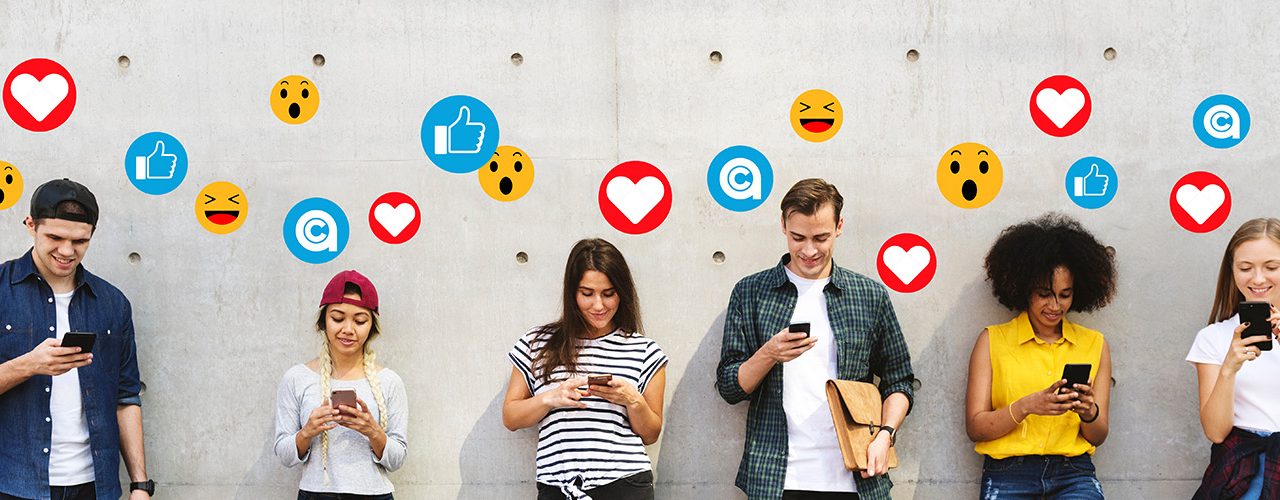It’s no secret that social media consumption is through the roof while stay-at-home orders are in place: Snapchat reported a 29% uptick in daily activity in April, and TikTok users are spending 74 minutes daily on the platform according to app analytics firm App Annie. Hell, my very own screen time stats are skyrocketing with “social networking” taking the lion’s share of my daily minute pie. The forced isolation that comes with staying safe at home has a lot of us yearning for familiar faces and the slightest semblance of human connection. Enter: the content creator.
Better known by their flashier, clout-clawing moniker; influencers have quickly filled the void left by social quarantine. As advertising spend continues to contract across verticals, influencers can be an authentic option for brands to connect with a captive audience.
Prior to the FTC crackdown of 2017, paid promotion was the wild west. You had the Kardashians shilling any and every thing: waist trainers, butt plumping serums, and a lot of 14-day teatox kits. Thinly veiled as “endorsements,” most fans and followers knew these posts were simply a paycheck—tainting the overall effectiveness of the marketing tactic.
A turning point came when creators decided to be straightforward and honest with their audience. Nikkie de Jager (of NikkieTutorials fame) introduced a Transparency Code for products featured in her beauty tutorials. This let subscribers know exactly which products she purchased out of pocket, which ones she received via PR, and which ones she was paid to use. Similarly, beauty guru Jeffree Star has a long-standing content series dedicated to reviewing the unique and…questionable products he receives via PR kits.
Influencer marketing has come a long way since its inception. Millennials were the first to be inundated with paid promotion and sponsored content from their favorite talent. While most millennials consider influencers touting paid promotions “selling out,” the younger generation is acutely aware that advertising partnerships benefit the creator—affording them the chance to produce better quality content.
That mindset, higher-than-average watch times, and hyper-engaged users have created the ideal environment for brands to revisit influencer partnerships. Moreso as traditional and digital ad spots continue to swim in a sea of COVID-19 sadness. In contrast, creators are leaning into the idea of usefulness, public service, and escapism as a way to engage with their followers, add more value, and differentiate themselves.
My favorite example of a recent brand partnership that launched during COVID-19 is the James Charles + YouTube Originals + Ulta Beauty competition series “Instant Influencer.”
The show’s cadence is familiar: six amateaur makeup artists go through a series of challenges with one coming out on top. Charles has a huge fan base that consists of 18.9 million subscribers, and his personality is infectiously perfect for the show’s format. However, Ulta Beauty is the real winner here. Aside from the obvious category relevance, Ulta is prominently featured on set as the MUAs run back and forth to peruse endless racks of curated product placement. With each episode averaging 11 million views, I imagine Ulta’s ROI is pretty healthy.
While influencers have been vilified in the past for deceptive practices (Fyre Fest, anyone?), sponsored content done correctly can net positive outcomes for all parties: brands, creators, and fans alike. A one-size-fits-all approach to branded content will never exist. However, collaborating with creators during a pandemic has cemented the fact that authenticity and purpose are crucial components for content to be meaningful, engaging, and well-received.
Patrick Michael Greene
Social Media Manager


